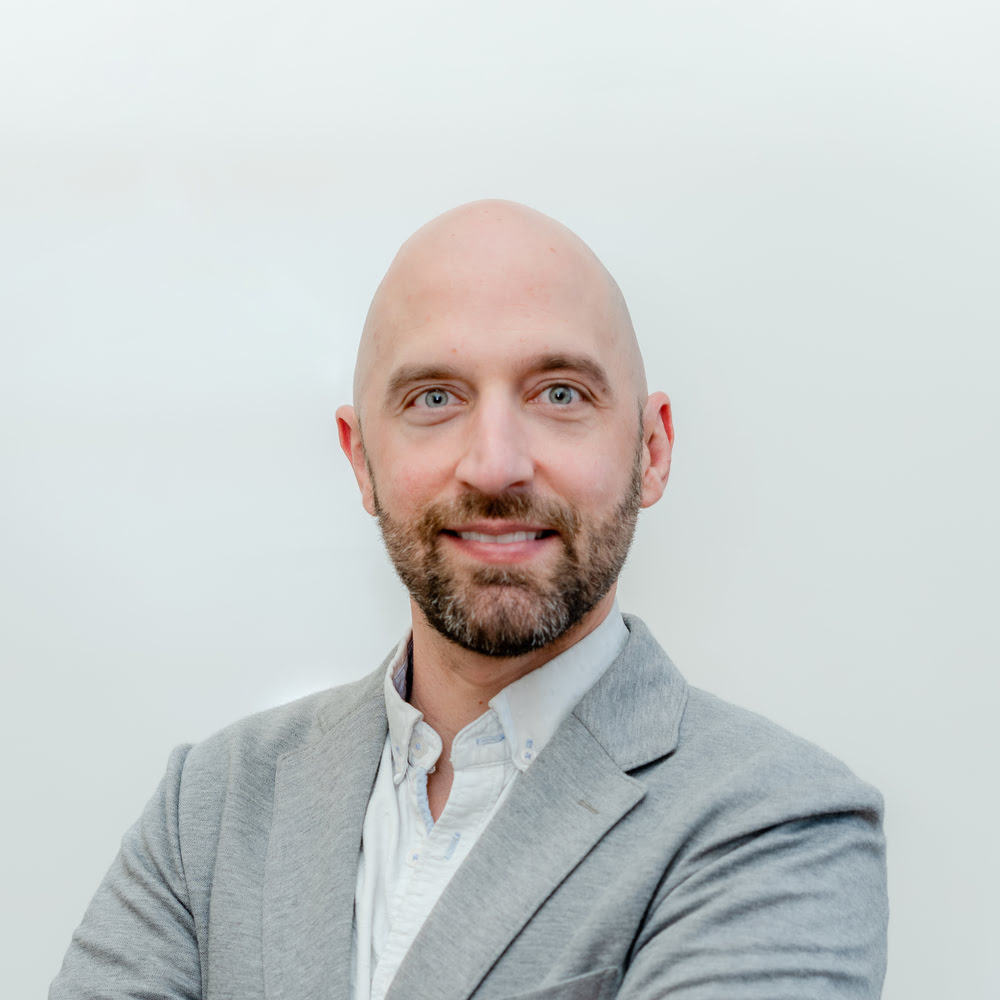In the ever-increasing complexity of infrastructure engineering, the concept of “One Water” has emerged as a transformative force, reshaping the way we perceive and manage the world’s most precious resource. At the heart of this concept lies Transcend Software, and our generative design platform the Transcend Design Generator (TDG).
In this guide, we’ll dive into One Water principles, their profound impacts, and how you can leverage the capabilities of the Transcend Design Generator to achieve unparalleled results in One Water projects.
The Evolution of Water Engineering
Water engineering has been a dynamic evolution influenced by societal needs, technological advancements, and environmental imperatives. As we navigate the waters of innovation, we must aim to understand the historical context that has shaped our current understanding of water management and how it led to One Water engineering principles.
The Historical Development of Water Engineering Practices
We can trace the historical development of water engineering across centuries – from ancient aqueducts channeling water for agricultural prosperity to the Industrial Revolution’s mechanized pumps facilitating urban growth.
Studies reveal that even in ancient civilizations, water use was not limited to sustenance, but also had cultural and religious significance. As humanity progressed, so did our understanding of water engineering, with the 19th century seeing significant advancements in sanitation and public health.
Early Challenges and Their Impact on Modern Approaches
Challenges encountered in the early stages of water engineering laid the foundation for innovative problem-solving and the adoption of advanced technologies. The scarcity of freshwater, contamination issues, and inadequate distribution systems spurred engineers to devise novel solutions.
A research article published in the Journal of Chemosphere highlights how challenges faced during the Industrial Revolution led to the development of water treatment processes. These practices are still relevant today, with modern technologies like the Transcend Design Software building upon them to address contemporary engineering needs.
The One Water Concept: A Holistic Approach to Water Management
In the 21st century, the concept of One Water engineering has emerged as a paradigm shift, challenging traditional approaches to water management. This concept advocates for an integrated and sustainable approach that views all types of water resources as interconnected. Also, the One Water concept acknowledges that every drop of water has value and should be managed accordingly.
The Principles of One Water Engineering
The One Water approach is grounded in four core principles:
- Integration: It recognizes the interconnectivity of all water sources, including stormwater, groundwater, and wastewater, and promotes an integrated management approach.
- Sustainability: It aims to balance human needs with environmental sustainability, considering the long-term impacts of water management decisions.
- Resiliency: One Water engineering acknowledges the role of natural systems in maintaining water resources’ health and resilience in the face of climate change and other external stressors.
- Engagement: The One Water approach emphasizes the importance of engaging stakeholders from all sectors in decision-making processes.
5 Benefits of One Water Engineering
The One Water approach has several benefits, making it a popular choice for modern water management. Some of the key advantages include:
- Efficient Resource Management: By viewing all types of water as interconnected, One Water engineering enables more efficient utilization of resources and minimizes waste.
- Cost Savings: The integrated and sustainable approach promoted by One Water Engineering can lead to significant cost savings in the long run.
- Environmental Sustainability: By considering the impact of water management decisions on the environment, One Water Engineering promotes sustainable practices that benefit both human and natural systems.
- Resilience: The holistic approach of One Water engineering helps mitigate risks posed by climate change and other external stressors, ensuring more resilient water systems.
- Community Engagement: The One Water approach puts a strong emphasis on engaging stakeholders from all sectors, promoting inclusivity and transparency in decision-making processes.
Transcend Software: Enhancing One Water Engineering
Innovative One Water software solutions like Transcend Design Generator are integral to the successful implementation of One Water engineering principles. With its advanced capabilities, this software enables engineers to manage complex water systems, model and optimize designs, and integrate sustainability into treatment aspects of their projects.
The Key Features of Transcend Software
Transcend Design Generator (TDG) is a powerful tool that revolutionizes the One Water engineering approach with its advanced features:
Simple User Interface: Easy Collaboration
Transcend’s user-friendly interface makes water & wastewater design accessible to all, from beginners to seasoned engineers. It embodies the spirit of One Water engineering by simplifying the design process. Novices can contribute with ease, while experts can customize parameters to align designs with specific client needs. When it comes to One Water engineering, where collaboration is key, TDG’s simple interface bridges expertise gaps seamlessly.
Process Design Simulation: Adaptable Frameworks
One Water engineering requires a comprehensive understanding of wastewater processes. Transcend’s Process Design Simulation creates dynamic blueprints by executing detailed simulations of biological and technical processes. Going beyond static models, it embraces both Steady-State and Dynamic modeling, aligning seamlessly with the dynamic nature of water systems. In One Water engineering, where adaptability is crucial, this feature ensures designs respond to evolving water management needs.
Equipment Selection: Optimized Design
Efficient wastewater construction demands precise equipment selection. Transcend Software’s Equipment Selection feature integrates data, simulation outputs, and decision algorithms to size and select equipment accurately. Collaborating with suppliers ensures consistency. In One Water engineering, where optimization is the goal, this feature transforms design parameters into tangible elements, aligning with sustainability and efficiency objectives.
Abstract Building Modeling: Efficient Layouts
Structuring a wastewater facility is complex. Abstract Building Modeling in TDG coordinates the placement of all elements, going beyond equipment to include architectural details. Generative algorithms aim to optimize layouts, ensuring efficient use of space and resources. When it comes to One Water engineering, integration is crucial and this feature facilitates a coordinated and efficient layout.
Building Information Model (BIM): Holistic Visualization
Transitioning from infrastructure design to implementation requires a comprehensive understanding of the assets. Transcend Software’s BIM feature transforms design outputs into a CAD-based system, generating 3D models in Revit and databases with pinpoint accuracy. For One Water engineering, having a holistic perspective is a must – BIM ensures every detail is captured and visualized. The centralized model becomes a repository of engineering requirements, contributing to maintaining the highest standards in water facility design and construction.
Drawing Generator Module: Precise Documentation
The culmination of the design process requires accurate documentation. Transcend Software’s Drawing Generator Module transforms outputs into detailed engineering documents. This ensures the accuracy and proper labeling of documents. Generated lists become invaluable tools for estimating both capital and operating costs, including embedded carbon footprint calculations, empowering decision-makers for One Water engineering.
Advantages of Transcend Software for Engineers

Transcend Software significantly enhances efficiency in One Water projects by streamlining the conceptual design process and fostering a collaborative environment. With its interactive and user-friendly interface, the software simplifies complex tasks, allowing for the creation of accurate, sustainable, and cost-effective water treatment designs. Its advanced features allow engineers to simulate, visualize, and optimize designs before detailed design, saving time and resources. Moreover, the software’s equipment selection and abstract building modeling features ensure precise equipment choice and efficient spatial layout, promoting optimal resource utilization.
Success Stories With Transcend Design Generator
The Microvi case study highlights a critical global issue – that over 80% of the world’s wastewater is discharged into the environment without treatment, posing significant risks to human health and adversely affecting aquatic life. Utilizing Transcend’s innovative software, Microvi was able to significantly streamline the preliminary design phase of its project proposals. This efficiency not only reduced time and effort but also redirected those savings towards more valuable aspects of their work, underscoring the potential of Transcend’s software in the fight against wastewater pollution.
Navigating Water Resource Management: Optimizing Allocation with Transcend
Water resource management stands at the intersection of environmental sustainability, economic viability, and social well-being. Transcend software plays a pivotal role in navigating the complexities of water resource management, ensuring optimal resource allocation while balancing many key project aspects:
Optimizing Allocation
Transcend’s sophisticated algorithms and engineering data inputs enable precise optimization of water treatment resource allocation. By analyzing diverse parameters such as demand patterns and infrastructure capacities, Transcend ensures that treatment works are designed efficiently, meeting the needs of communities and industries without compromising sustainability.
Balancing Environmental Considerations
In water resource management, environmental preservation is paramount. Transcend’s capabilities extend to environmental impact assessments, taking into account factors such as water quality and embedded carbon footprint. By integrating environmental data into the preliminary designs and decision-making process, Transcend ensures that water treatment projects align with the preservation of ecosystems and biodiversity.
Addressing Economic Factors
Economic considerations are inseparable from water resource management. Transcend’s modeling and scenario analysis features allow for a comprehensive evaluation of the economic implications of water allocation decisions. This includes assessing the cost-effectiveness of infrastructure projects with Civil BOMs and BOQs.
Social Well-being Integration
The equitable distribution of water resources is fundamental to social well-being. Transcend’s inclusive approach to data input considers the diverse needs of communities, ensuring that water allocation aligns with societal priorities.
Collaborative Approach to Water Projects: Streamlining with Transcend
Collaboration among engineers, stakeholders, and software platforms is a must in the water industry. Let’s explore the significance of collaboration and Transcend’s role in facilitating a cohesive and efficient workflow.
Fostering Interdisciplinary Collaboration
Water projects involve diverse stakeholders, including engineers from various disciplines, environmental experts, policymakers, and community representatives. Transcend acts as a collaborative hub, bringing together these diverse perspectives into a unified platform. By providing a common space for interdisciplinary collaboration, the software ensures that all stakeholders contribute their expertise, fostering a holistic approach to water project planning and execution.
Coordination Across Software Platforms
In the contemporary landscape, one-water projects often involve the integration of multiple software platforms. Transcend plays a pivotal role in streamlining this integration, ensuring seamless coordination among various tools. By providing compatibility with diverse software applications like AutoCAD and Revit, Transcend eliminates silos and enhances the interoperability of different engineering and modeling tools.
Centralized Data Repository for Unified Understanding
Collaboration thrives on a shared understanding of project data. Transcend serves as a centralized data repository, where all stakeholders can access up-to-date information. This unified access to project data enhances transparency, reduces information asymmetry, and ensures that decisions are based on the most accurate and current information available. This centralized approach fosters a shared vision and collaborative spirit among project contributors.
Conclusion: Pioneering the Future of Water Solutions
The teamwork of One Water engineers and advanced One Water software, like the Transcend Design Generator, is changing how we manage water. One Water engineering takes a complete approach, and Transcend’s software helps players involved in treatment projects make smarter decisions and more efficient projects.
It’s not just about software – it’s about making water projects better, and you can see it for yourself by trying a demo of the Transcend Design Generator.
Let’s build a future where water solutions make a real difference.






